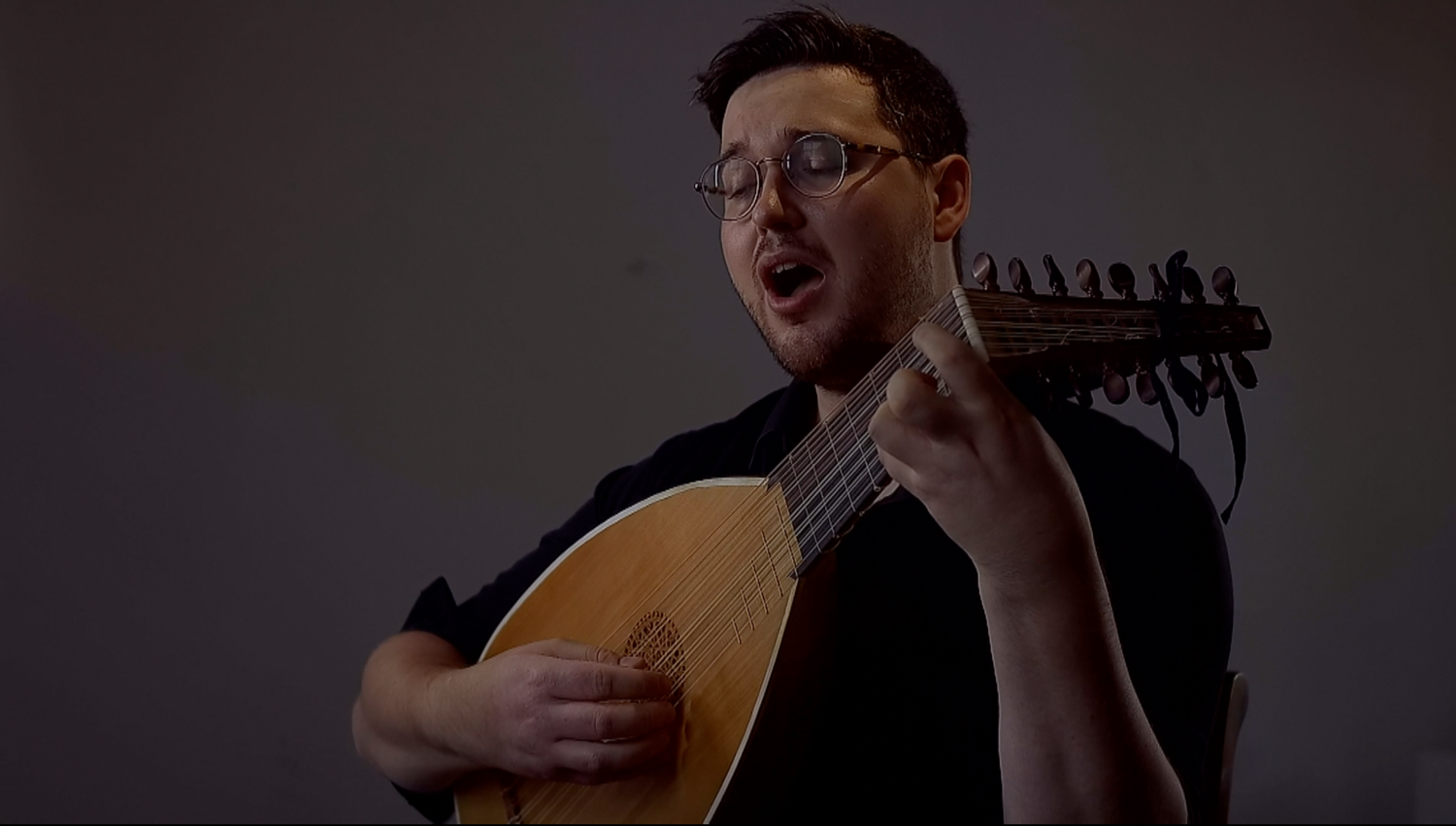Manuel Garcia on the use of Sobbing and an Annotated Recitative from Rossini’s Otello:
- Tim Braithwaite

- May 11, 2021
- 2 min read
Updated: May 12, 2021
'The fragment of recitative [below] has two effects. By the words, “Io credeva che alcuno,” Desdemona expresses the depression that follows a violent shock. In the ensuing verses, “Oh! come il cielo s’unisce a miei lamenti!” grief becomes an irresistible and wholly dominant feeling. Sounds monotonous, and almost choked for want of breath, agree with the first effect; - the second requires more multiplied and far more energetic means. The exclamation “oh!” should escape with violence, and amidst sobs; the syllables “co” and “cie” be articulated and sustained with force; and the syllable “mie” receive a turn exclusive of the prolongation; and lastly, the words “miei lamenti” should be full of emotion, and separated by a moan.’

Although these descriptions of "non-vocal" effects are perhaps difficult to imagine in practice, Garcia gives a wonderfully detailed description of the act of sobbing during singing:
‘The breath, according to the state of the feelings, undergoes many different changes, - being at one time steady and long - at another, short and agitated, noisy, panting, &c.; sometimes it bursts into laughter, sobs, sighs, &c. We shall only consider those modes of employment most difficult of execution, - namely, sighs, sobs, and laughter. Sighs in all their variety, are produced by the friction - more or less strong, more or less prolonged - of the air against the walls of the throat, whether during inspiration or expiration of the breath. In pursuing this first method, the friction may be changed into sobs, or even into a rattle in the throat, if the vocal ligaments be brought into action…'
*Notes*
Manuel García, Garcia’s New Treatise on the Art of Singing. A Compendious Method of Instruction, with Examples and Exercises for the Cultivation of the Voice (Boston: O. Ditson, 1870).
I thought I’d include my favourite demonstration of this sort of “non-vocal” sound from the first decade of the 20th century. At 3:50 you can hear Enrico Caruso clearly “sobbing” in the manner described by Garcia at 3:50 of ‘E lucevan le stelle’.




Comments